I’m in sort of an odd position with Beastars in every way. In the first place, there was a time where I’d have been a lot more invested in its return than I am now. But the second season was a pretty big step down for me, especially the way it ended. It’s been three years to boot, and a lot of the details are pretty hazy. Then we have the fact that this season is a Netflix dump, and one which happened in the last month of the winter season to boot. How to cover those is always a pain in the ass to figure out.
But, here we are. Beastars is still Beastars, which at its best can be some of the most intellectually ambitious anime around. and it may very well be the finest looking full CGI TV anime there is. Orange does a tremendous job with the visuals here, and as I noted in my S2 series review if all CGI anime looked like this, people wouldn’t complain about it. It’s a bit of a lull in the schedule every New Year, so I thought I’d at least pop the first couple of episodes and see how they’re playing for me.
It should be noted that this final season is a Netflix version of a split cour – two one cour-length episode dumps (as far as I know the date of the second has not been announced). For starters, Beastars still looks great – you completely lose interest in it being CG after a very few minutes. There’s still almost no Haru, which was a major problem with the second season. Kobayashi Chikahiro is still tearing it up as Legosi, which is a very demanding role. He’s in the midst of some serious withdrawal-cravings after having dined on Louis’ leg (which to this day is one of the dumber plot twists in any smart anime).
That catches the attention of Seven (Orikasa Fumiko), his neighbor in the dingy apartment building he’s moved into after dropping out of school. Legosi got a slap on the wrist thanks to Louis’ testimony but he’s now got a terrible stain on his record. Seven is a sheep and debates whether it’s safe to complain about his screams keeping her up all night, but she eventually does and almost comes to regret it. But once Legosi wrestles his impulses back under control, he returns to being the awkward child he actually is – and Seven seems remarkably unfazed by his terrifying behavior earlier.
I quite enjoyed these two – Seven takes an almost maternal approach to Legosi, who’s quite unprepared to face the world on his own, but there may be a hint of something else there. Omnivorous relationships are very much a theme here – one of Haru’s college friends has gotten a carnivore boyfriend, and Cherryton has decided to completely segregate the two groups. The racism is thick and heavy on both sides, though after the way S2 ended I’m reluctant to ascribe any social commentary to Itakagi Paru here. Who the hell knows.
There’s also a new boss trying to take over the yakuza world, using an energy drink called “Kines” to gather wealth and power. It’s got herbivore in it, and gives meat-eaters the thrill of consuming flesh (though that’s not on the can). The problem is that it gets increasingly unsatisfying the more they drink it, and is extremely dangerous for a carnivore that’s already fallen off the wagon. Almost as if it were designed to create unrest between carnivores and omnivores.
There’s also a horse named Yahya (the great Miki Shinichriou), who seems to be some sort of rogue cop bent on exacting his own brand of justice on carnivores who defy the societal taboo against eating meat. Meanwhile Gouhin manages to get Legosi (who’s supporting himself by delivering udon) to admit that his was raised by his grandfather (who doesn’t look like a wolf). He’s never told the old man he left school, and he calls Jack looking for news about his grandson. Gouhin also drops the bomb on Legosi that because he has the venison incident on his record, he can’t legally marry Haru (we haven’t seen them together in so long anyway that it hardly seems to matter, though he’s pretty broken up about it).
Despite that, I thought these two premiere episodes worked quite well. I enjoyed the whole sequence with the rats and the stolen money, and as I said the relationship between Seven and Legosi shows a lot of promise. When he – with a few mumbled words – is able to accomplish with her work tormentors what she hasn’t with years of trying, she’s royally pissed and he can’t understand why. This was so smart, so on-point – women everywhere especially will feel this moment, one would think. It’s the sort of really perceptive writing Itagaki is so superb at, and the reason I keep coming back to Beastars. Hopefully this final season recaptures the spark the second kind of lost.


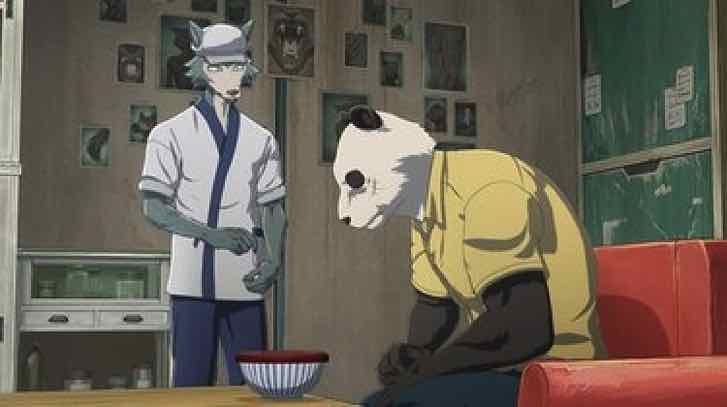
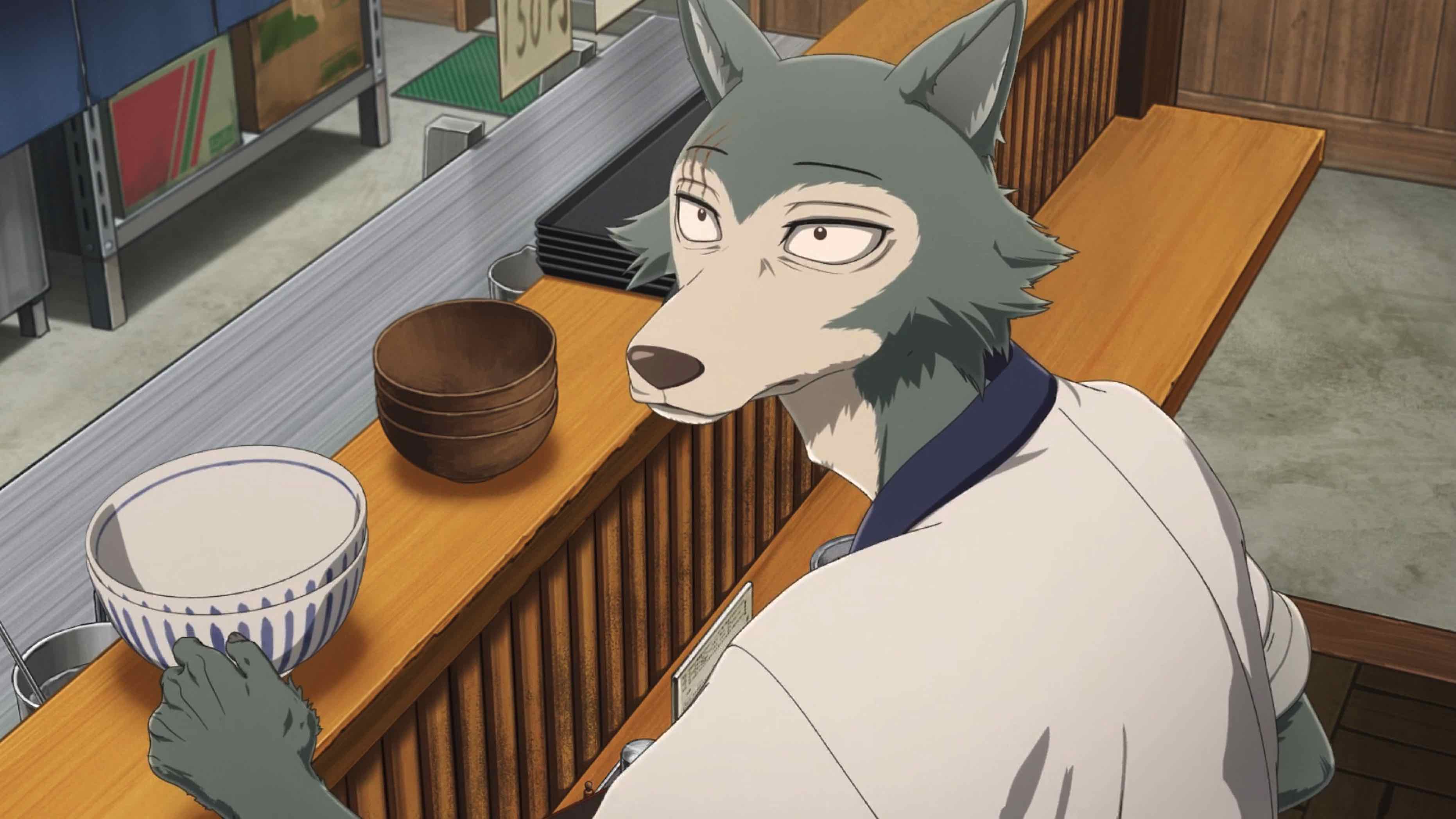
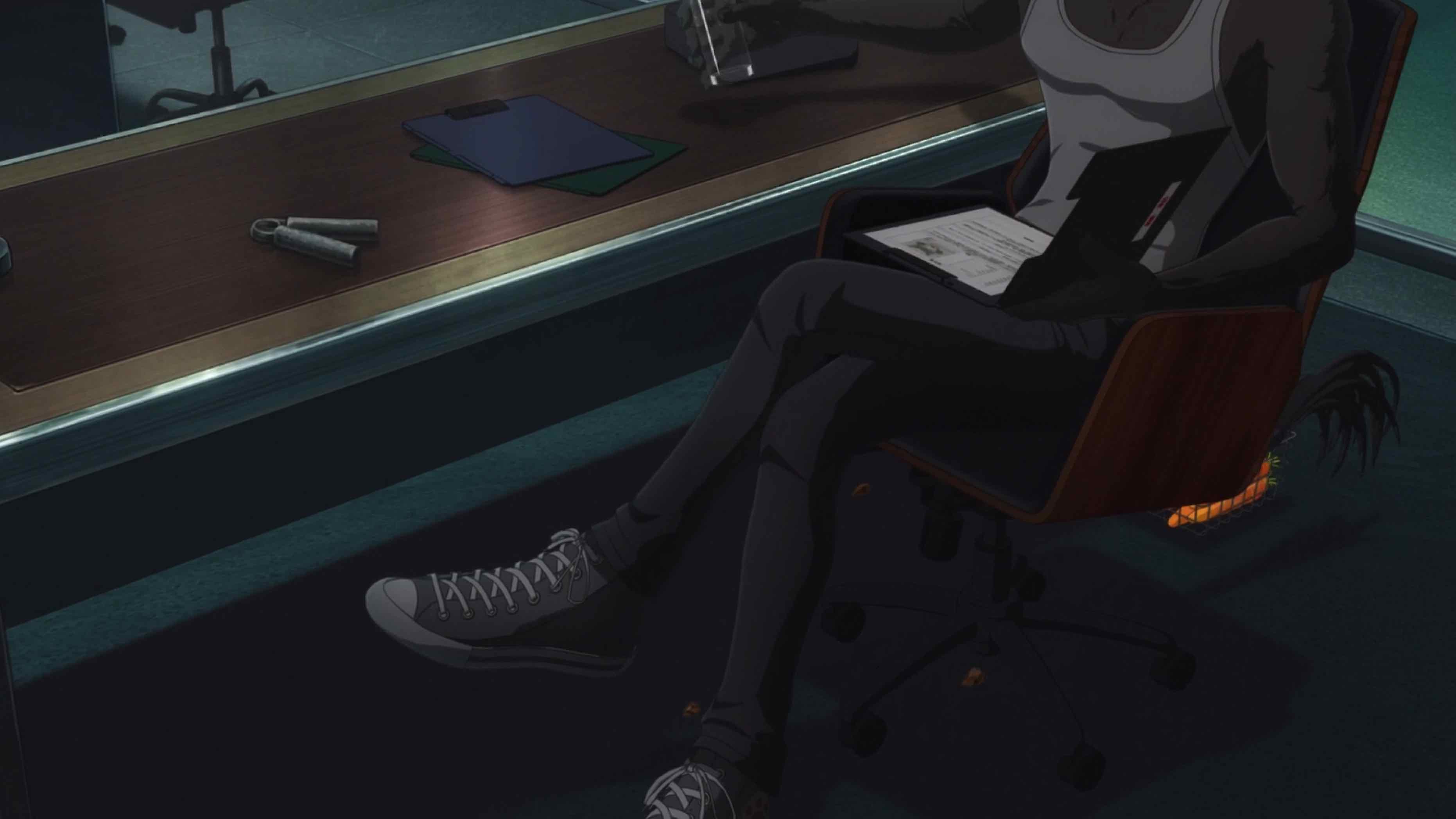
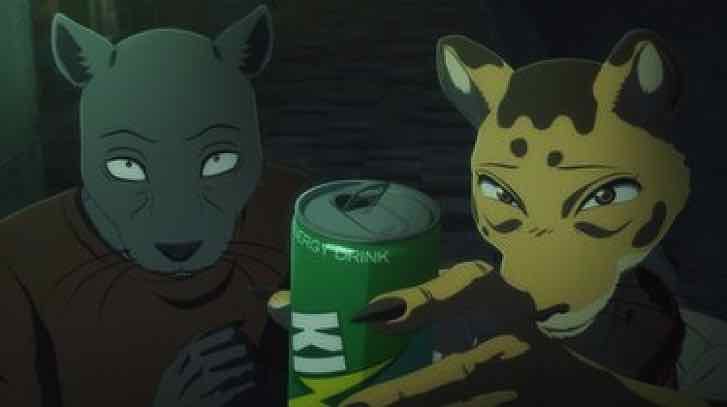
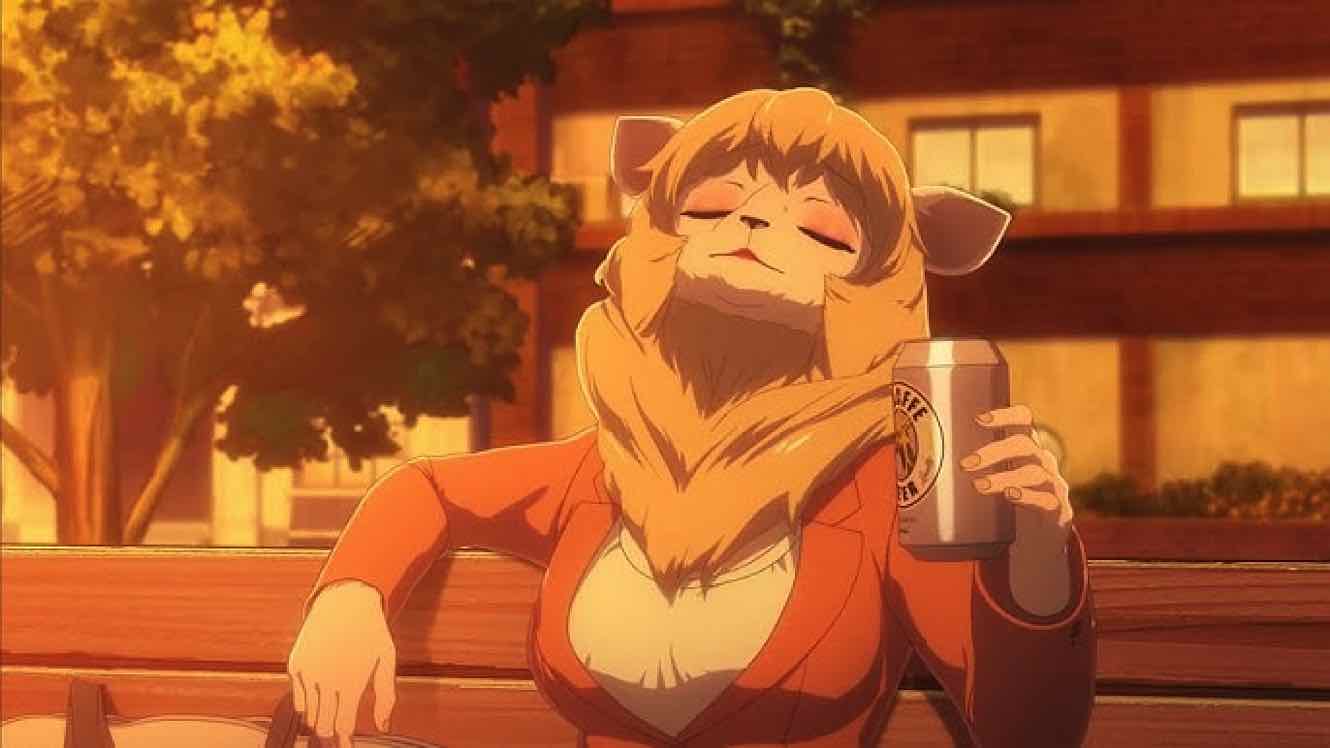


nadavu
January 4, 2025 at 4:13 amBeastars is either brilliantly symbolic or removed from any connection to our world entirely
Guardian Enzo
January 4, 2025 at 8:29 amProblem is I’m not sure which.